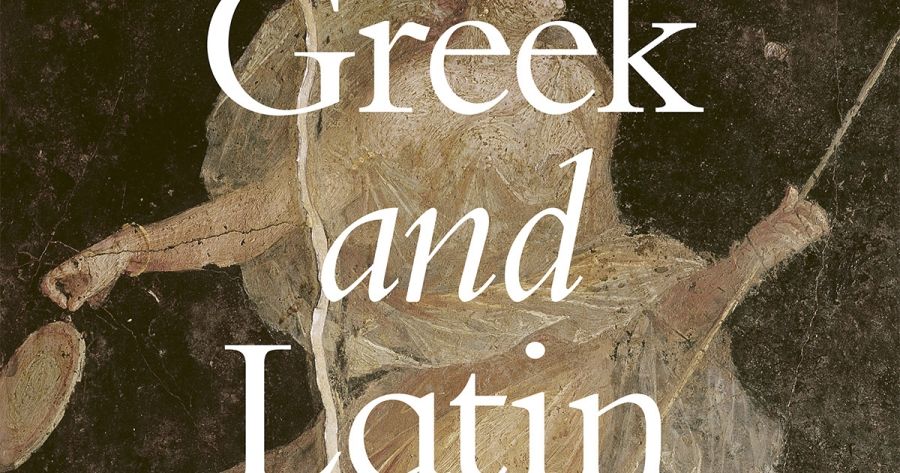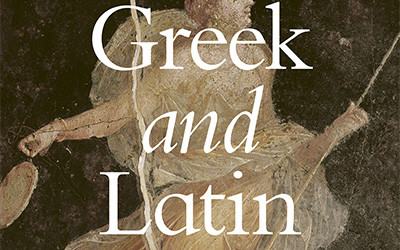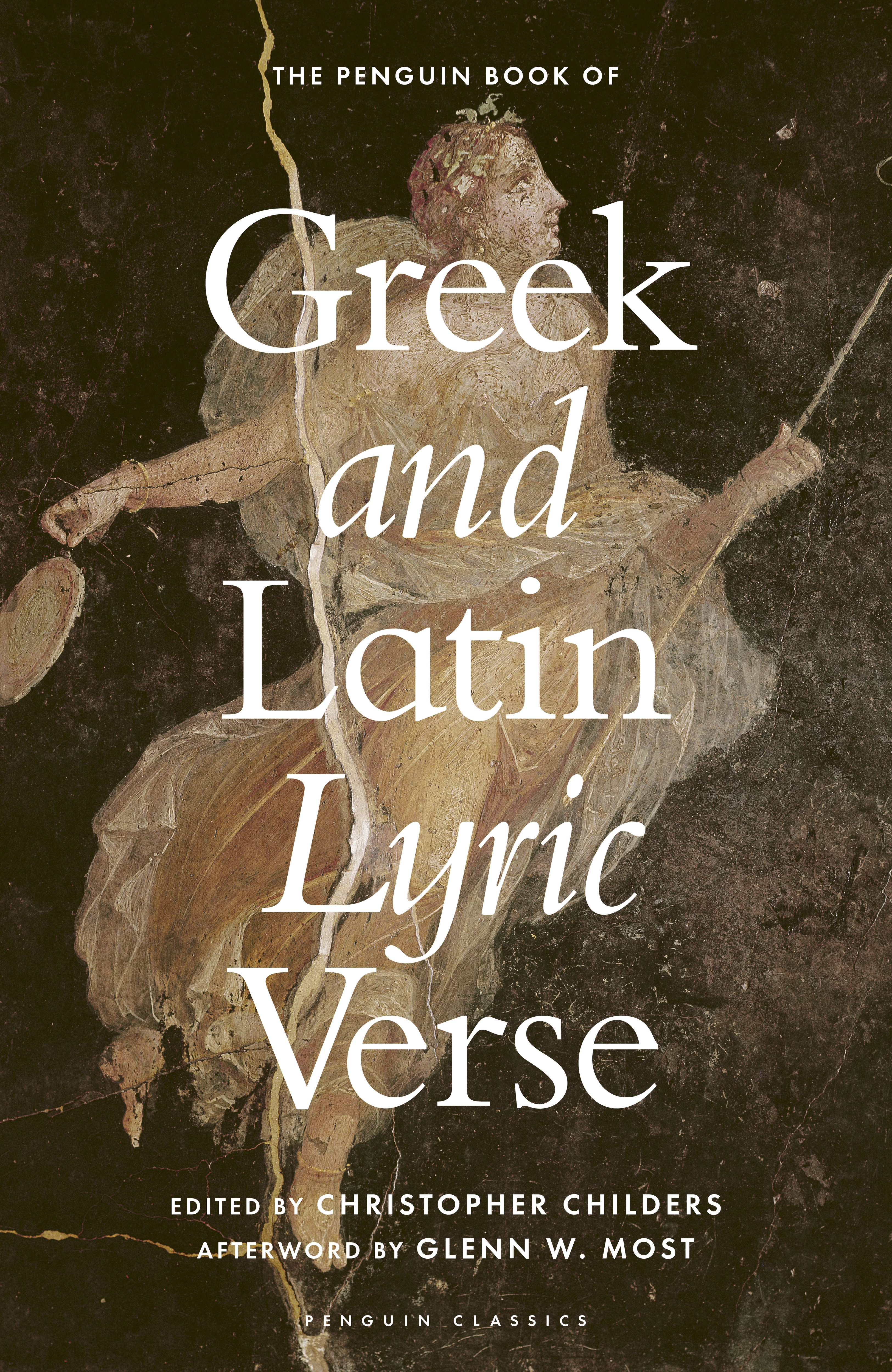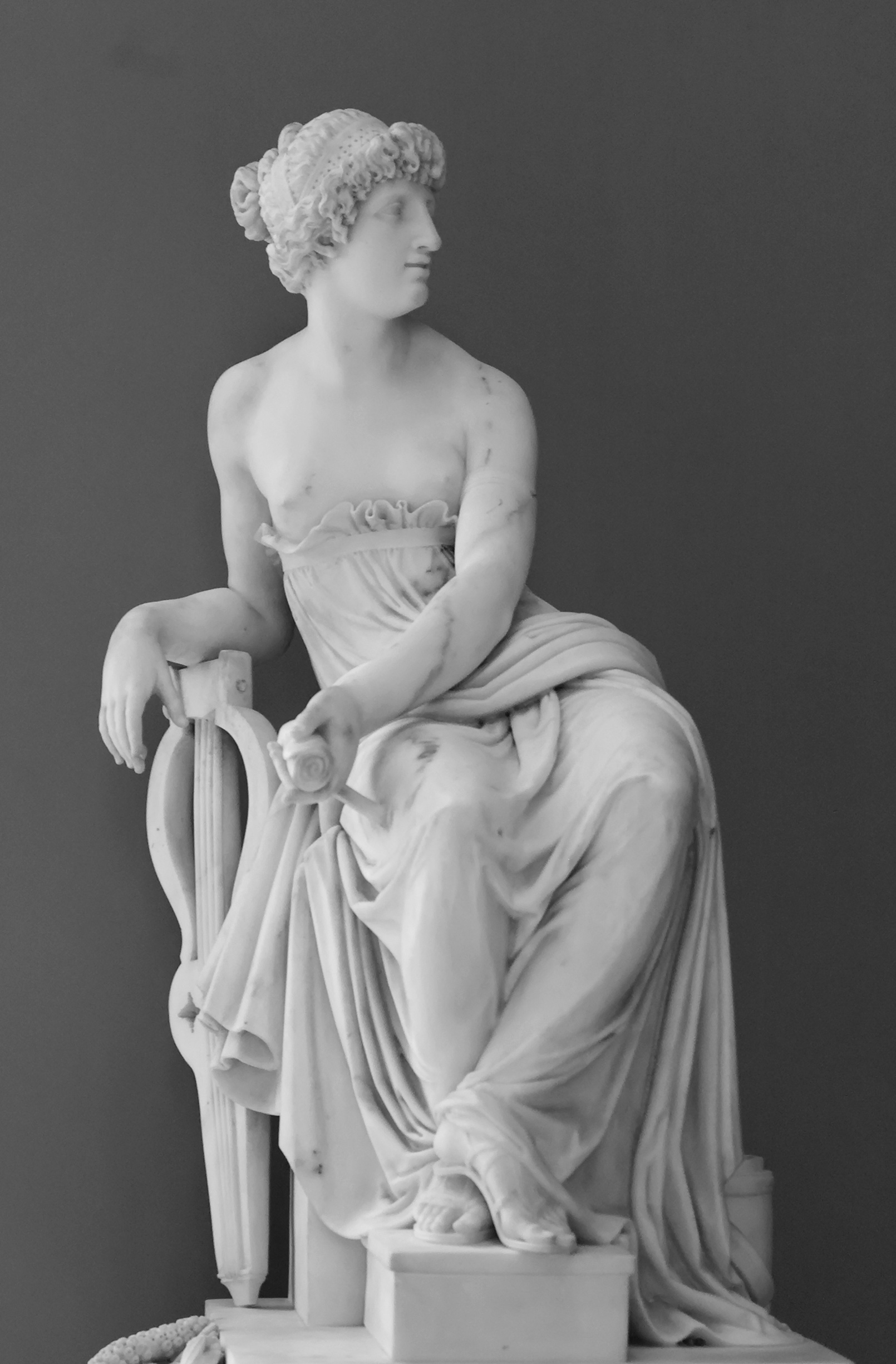
- Free Article: No
- Contents Category: Classics
- Review Article: Yes
- Article Title: ‘Say it with Celery’
- Article Subtitle: A luminous anthology of ancient verse
- Online Only: No
- Custom Highlight Text:
In this impressive, 1,000-page volume, Christopher Childers has collected almost all that remains of the highly prized verses that were written in Greek and Latin to accompany performance on the lyre. This collection of ‘lyric verse’ provides a roll-call of the greatest poetic voices to emerge in antiquity. Some names, such as Sappho, are still familiar to many today. For others, such as Ibycus, their star has unjustly fallen and the fragments that survive tantalise us with their potential.
- Featured Image (400px * 250px):

- Alt Tag (Featured Image): Alastair J.L. Blanshard reviews ‘The Penguin Book of Greek and Latin Lyric Verse’ edited by Christopher Childers
- Book 1 Title: The Penguin Book of Greek and Latin Lyric Verse
- Book 1 Biblio: Penguin Classics, $100 hb, 1,008 pp
- Book 1 Cover Small (400 x 600):

- Book 1 Cover (800 x 1200):

- Book 1 Readings Link: https://www.readings.com.au/product/9780241567449/9780241567449#rac:jokjjzr6ly9m
Created by a god as a gift for a god, with such a divine pedigree it is easy to understand the pre-eminence of the lyre among Greek musical instruments. The superiority of the instrument was affirmed in numerous other myths. The gold-loving Midas once suggested that panpipes were a superior instrument to the lyre. Apollo punished him by cursing him with a set of donkey ears for his stupidity. A grimmer story is told about the satyr Marsyas, who dared to challenge Apollo in a musical contest, pitting his flute-playing against Apollo’s proficiency with the lyre. The satyr lost the competition, and Apollo flayed him alive for his presumption. The streams of blood that poured out of his mangled body would give rise to the winding Meander River in Turkey.
Composing poems to accompany the lyre was regarded as one of the highest art forms in the ancient Greek and Roman worlds. Accomplishment with the lyre was the mark of a gentleman in antiquity. Acquiring mastery of the instrument formed an important part of élite education. Without knowledge of the lyre, entry into polite society was difficult.
Childers’s translations of these valued texts are fresh and accomplished. Eschewing the tendency of many modern translators, he rarely favours free verse for his translations. Ancient poetry was obsessive in the strictness with which it adhered to rules of metre. Childers’s translations observe a similar prosodic rigour.
The building block of ancient metre was not stress, but vowel length. A syllable with a long vowel in it was regarded as ‘long’, and one with a short vowel was ‘short’. Metrical units were made out of these two syllable types. The dactyl, for example, was so named because it resembled the three joints of a finger (‘dactylos’ in Greek) being composed of one long syllable and two short syllables. In contrast, in modern metre, metrical units are deter-mined by stress rather than vowel length. The long syllable has been replaced by a stressed syllable and the short syllable by an unstressed one. So the modern dactyl (stressed-unstressed-unstressed) is represented by words like ‘murmuring’ or ‘poetry’. An iamb, once a short syllable followed by a long syllable, is now an unstressed syllable followed by a stressed one (‘perchance’, ‘obtain’). This shift from vowel quantity to stress means that ancient metres rarely translate well into their modern equivalent. Sapphic stanzas become a drunken mess that lurches all over the place, their once melodic dactyls now giving the line an awkward stop-start quality.
 Sappho by Claude Ramey, 1801 (photograph by Marie Lan Nguyen via Wikimedia Commons)
Sappho by Claude Ramey, 1801 (photograph by Marie Lan Nguyen via Wikimedia Commons)
Childers’s solution has been to adopt a variety of metres that play homage to the associations of the original ancient metre. So, for example, dactylic hexameters are now rendered as iambic pentameters, often rhymed. The length and rhythm work well in expressing the weight and substance of the ancient line. Alliteration, accentuation, internal rhymes, and visual caesuras are employed to capture the complexities of the various lyric metres.
Poems sung to the lyre could take a variety of subjects. They could be philosophic explorations of the nature of the cosmos or choral hymns sung in honour of a god. However, the most influential of these ancient lyric verses have been those personal, raw, emotive poems designed to be sung by a solo voice at a private gathering or drinking-party. Such poems exhibit the features that we associate with the modern use of the word ‘lyric’. They tend to be relatively short. Very few are longer than forty lines and most are around twenty lines. They express an intense emotional state and purport to take us into the mind of the poet. Such poems form the bulk of this collection.
These ‘lyrical’ tendencies of brevity and passionate intensity, although particularly associated with verse composed for the lyre, were not limited exclusively to it. As a bonus in this volume, Childers includes translations of ancient poems which exhibit these features but technically would not have accompanied the lyre. The effect is to give the reader a survey of the sentiments and passions that animated poets for close to 1,000 years from 800 bce to the second century ce.
Admittedly, this survey doesn’t exhibit a huge emotional range. The Roman poet Catullus once summed up his emotional life as ‘I hate and I love.’ As this volume shows, he wasn’t alone. The two features that predominate are infatuation and scorn. Yet within these areas of love and hate, we see remarkable insight and self-awareness. There are few poets who capture the bittersweet nature of love like Sappho. Indeed, she seems to have been the inventor of the term ‘bittersweet’ (technically, ‘sweetbitter’ in Greek).
The pain of such intense love can easily turn to hate, and certainly the ancient poets knew how to hate. Bodies and morals are excoriated with a viciousness that leaves you wincing. Given that only a handful of female poets are known from antiquity and that very little of their work survives, we must contend with a lot of male poets and their hurt feelings. This results in a strong theme of misogyny running through the collection. Their efforts range from the succinct and obscene (‘Philaenis, why, why won’t I kiss you? / You’re bald, you have one eye, you’re red / It’s not a kiss; it’s giving head’) to the voluminous. In one of the longest complete poems in the collection, Sermonides spends 120 lines explaining why women exhibit all the worst features of creatures in the animal kingdom.
The value of this volume is that it allows us to see the Western discourse of love in formation. So many motifs that will become tired romantic clichés find expression for the first time in these poems. Full red lips, come-hither eyes, and scented flowers abound. The poems also surprise with ‘paths not taken’. Unlike the anonymous author of one poem, few these days would think of using the image of ‘beautiful celery’ as the perfect embodiment of amorous desire. ‘Say it with Celery’ is not a campaign that Interflora will be running any time soon. Learning to reappreciate the erotics of your supermarket’s vegetable aisle is typical of the many unexpected delights to be found in this striking volume.


Comments powered by CComment